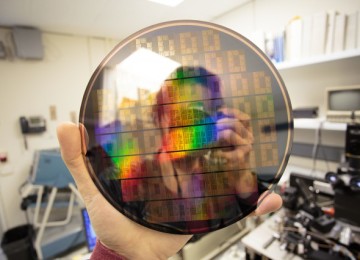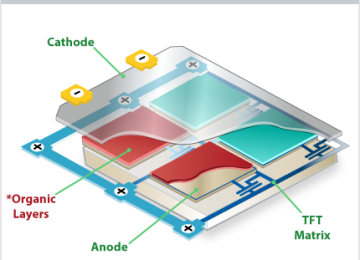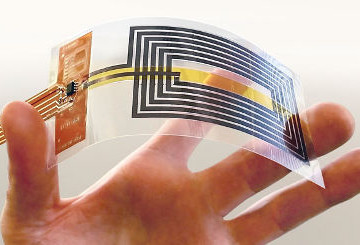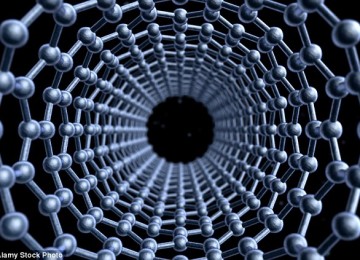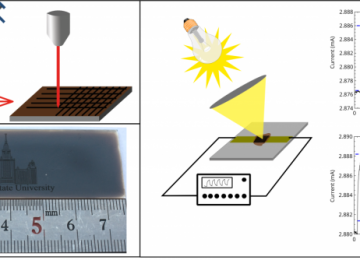Graphene oxide can use to fight infections
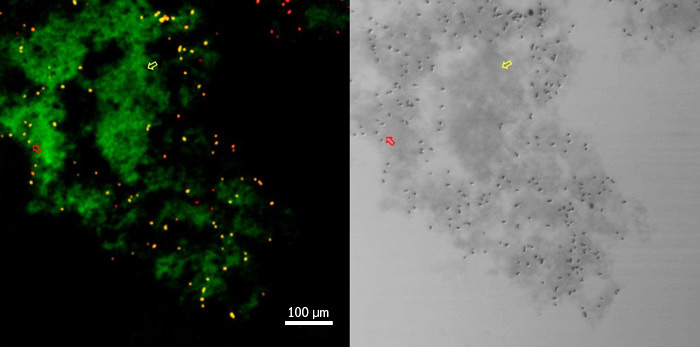
Graphene oxide can use to fight infections
Graphene oxide has antibacterial and antifungal properties and is effective against four important human pathogens, according to Italian team of physicists and biotechnologists at the Catholic University of the Sacred Heart and the Institute for Complex Systems in Rome have a new study to how the size and concentration of graphene-oxide sheets affect its antimicrobial capabilities. Coating medical instruments and devices in the carbon-based material could help to reduce infections, especially after an operation, as well as reducing antibiotic use and antibiotic resistance, scientists discovered Graphene oxide can use to fight infections since July 2013 and scientists demonstrated that graphene can kill bacteria by slicing through their membranes and pulling out their phospholipids, and may be used in the future as an antimicrobial material for everyday use, applied directly to wounds.
Graphene has many unique properties and it a one-atom-thick sheet of carbon atoms, and Graphene oxide is a layered material made of oxygenated graphene sheets with molecules such as epoxide and carboxyl, and hydroxyl groups on its surface. It is easy and cheap to manufacture by oxidising graphite, and can be mixed with different polymers to adjust its properties.
The team examined the effect of Graphene Oxide on three bacteria: Staphylococcus aureus and Enterococcus faecalis, both of which cause various opportunistic and hospital-acquired infections, and Escherichia coli, which can cause severe food poisoning. They found that 200 nm sheets of graphene oxide in a water solution killed around 90% of S. aureus and E. faecalis, and around 50% of E. coli in less than two hours. Graphene oxide was effective against bacteria, even at concentrations below 10 μg/ml.
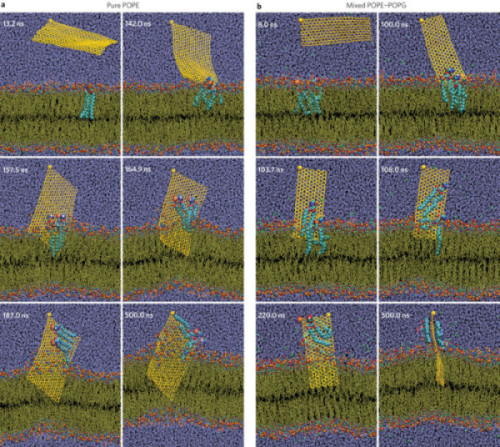
Illustration to how graphene kills bacteria by slicing through their membranes and pulling out their phospholipids
The researchers also point out that graphene oxide can be mixed with biocompatible polymers to make an antibacterial coating suitable for medical equipment susceptible to bacterial colonisation, such as catheters. Surgical tools coated with the material, for example, could kill bacteria. This could reduce the need for antibiotics, decrease post-operative infections and cut recovery times. The team’s research was part of an EU-funded project, dubbed VANGUARD, which is testing the feasibility of using graphene-oxide scaffolds to help repair and regenerate damaged tissue and organs.
“These applications could be revolutionary for the management of hospital-acquired infections, especially for immunocompromised patients,” says Palmieri. “The low cost of graphene oxide makes it particularly relevant for infection control in low-income countries.”
While the results of this study are interesting and could provide the basis for a novel preventative agent, there is still a long way to go to show that this can be turned into medical components that are both safe and efficient. The team now plans to test the effect of graphene oxide on other pathogens, such as antibiotic-resistant bacteria, like Methicillin-resistant S. aureus (MRSA), viruses, and other fungi.












